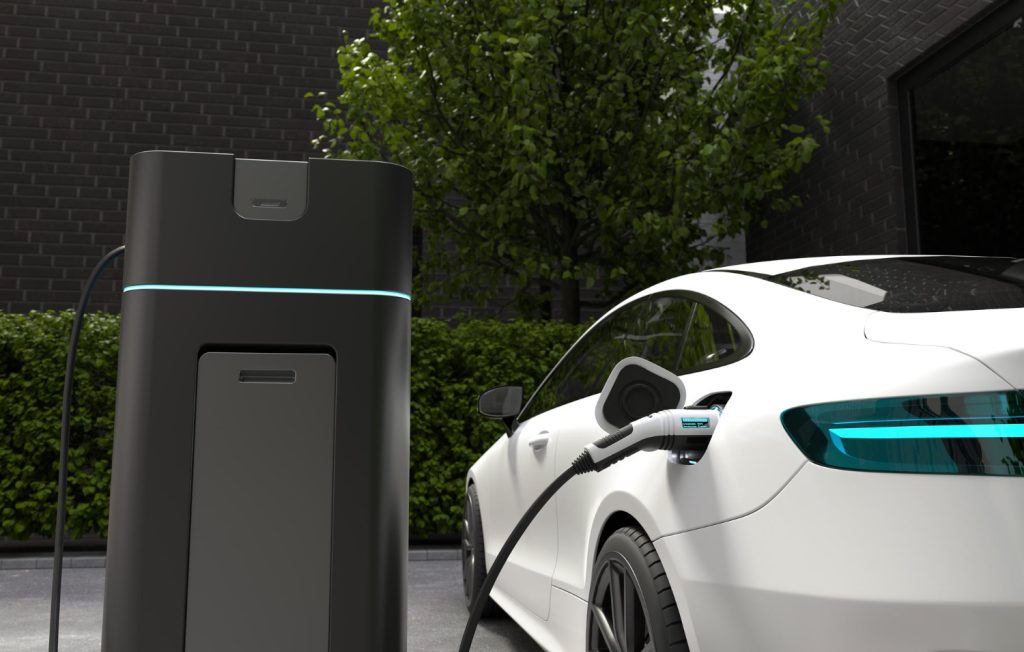Aluminium-air Batteries and Lithium-air Batteries for EVs: A Comparison
Lithium-Air Batteries for EVs
Lithium-air batteries (LABs) reduce oxygen from the air at the cathode and oxidises lithium metal at the anode to produce a current flow during discharge.
The lithium-air battery can obtain oxygen from the air externally, removing the need for internal storage. This results in a higher energy density compared to that of regular lithium-ion batteries.
Multiple companies like PolyPlus Battery Company, Mullen Technologies, Lithium Air Industries, etc are working on lithium-air batteries.
The First Re-chargable Lithium-Air Batteries
PolyPlus Battery Company is making the first commercially available rechargeable lithium-air (Li-Air) battery.
The development of manufacturable protective membrane between its lithium-based negative electrode and the reaction chamber where it reacts with oxygen from the air is a significant advancement that PolyPlus is on track to make.
As a result, the battery can recharge by moving lithium into and out of the reaction chamber as needed to store it until the next time the battery needs to discharge.
However, engineers have been unable to produce intricate packaging and air-breathing components to convert Li-air batteries into rechargeable systems.
Li Air Batteries: The Future of Energy Storage?
Lithium Air Industries and its partner, NASA Ames Research Center, have been developing a lithium-air batteries for the past decade.
Researchers anticipate that this battery will store 5-10 times more energy than an equivalent weight lithium-ion battery.
For example, Lithium Air Industries claims that a typical electric vehicle, like a Chevrolet Bolt, can travel 500–600 miles on a single charge if it uses Lithium Air technology.
The lithium-ion battery in the Chevrolet Bolt can presently go 238 miles on a single charge.
Collaboration of Large Automakers to Develop Powerful Lithium-Air Battery Technology
Toyota Motor Corporation and BMW are collaborating to create a more powerful lithium-air battery projected to outperform the lithium-ion batteries used in many hybrid and electric vehicles.
Integration in EVs
Lithium-air battery technology’s utilization of ambient air as an active cathode reduces the electric vehicle’s weight.Lithium-air battery-integrated EV models with this lightweight design would increase the demand and sales of electric cars for brands.
Additionally, the Li-air batteries demonstrate a 700% increase in power storage capacity over standard Li-Ion batteries.
Overcoming Technical Challenges for Commercializing Li-Air Batteries
Some technical challenges should be addressed before Li-air batteries goes commercial. The presence of moisture and carbon dioxide (CO 2 ) in the air is a significant problem because they have a strong affinity for lithium metal and can significantly reduce the performance of the cell.
On the battery & cathode (positive electrode), lithium and oxygen react to form solid lithium-peroxide (Li 2 O 2 ) which is not very soluble in organic electrolytes. It crystallises and quickly separates.
Deposition of a large quantity of solutions can damage the cathode. To reduce the amount of water and carbon dioxide in the air, one needs to purify the air.
However, a practical method for this is yet to be developed.
Aluminium-Air Batteries
Al-Air batteries use aluminium as anode that reacts with the surrounding air in the presence of an electrolyte to create electricity.
Phinergy is a company that develops aluminium-air battery technology for electric vehicles.
Al-air-powered electric cars is said to have a driving range of around 1000 miles (1600 km) with only 55 lb (25 kg) of aluminium, with the entire battery only weighing about 200 lb (90 kg). Nissan Leaf & 600-lb (270-kg) lithium-ion battery pack, in contrast, offers a driving range of about 100 miles (160 km).
Furthermore, according to sources, a number of recent patents and patent applications from Tesla Motors and several other businesses propose the usage of aluminum-air batteries to supplement the conventional batteries that power electric cars, extending their range.
Advantages of Al-Air Batteries
Al-air batteries provide a lot of advantages. They are considerably lighter and have high energy densities. Their range is comparable to that of gasoline-powered automobiles.
The aluminium hydroxide solution produced by depleted Al-air batteries can be sent to a recycling facility to recover 100% of the aluminium. Since aluminium-air batteries are entirely recyclable, they are environmentally friendly.
Furthermore, the aluminum air battery technology employs a water-based, toxin-free electrolyte.
Al-Air Batteries: Future Potential and Implications for Sustainable Energy Storage
The fact that they cannot recharge these batteries is one of their major drawbacks. Since the aluminium anode actively reacts with oxygen, this reaction will consume it.
After this, it degrades and requires replacement. As a result, it would be necessary to bring an aluminum-air battery to a battery swap station, which is a big disadvantage.
The Future of Automotive Batteries
Automakers and authorities should thoroughly explore cutting-edge technologies like lithium and aluminum-air automotive batteries.
Benefits to the environment that result from battery-powered cars as compared to gasoline-powered ones and an increase in power storage capacity and range in comparison to traditional Lithium-ion batteries will likely continue to spur innovation and advancements in the lithium and aluminium-air battery markets.
The Potential of Lithium and Aluminum-Air Batteries
Although aluminium-air and lithium-air batteries offer a lot of advantages, lithium-ion batteries are undoubtedly still preferred due to their standardisation and convenience.
However, these are future technologies that could become mainstream with the right policy backing and attention from automakers.







Leave a Comment